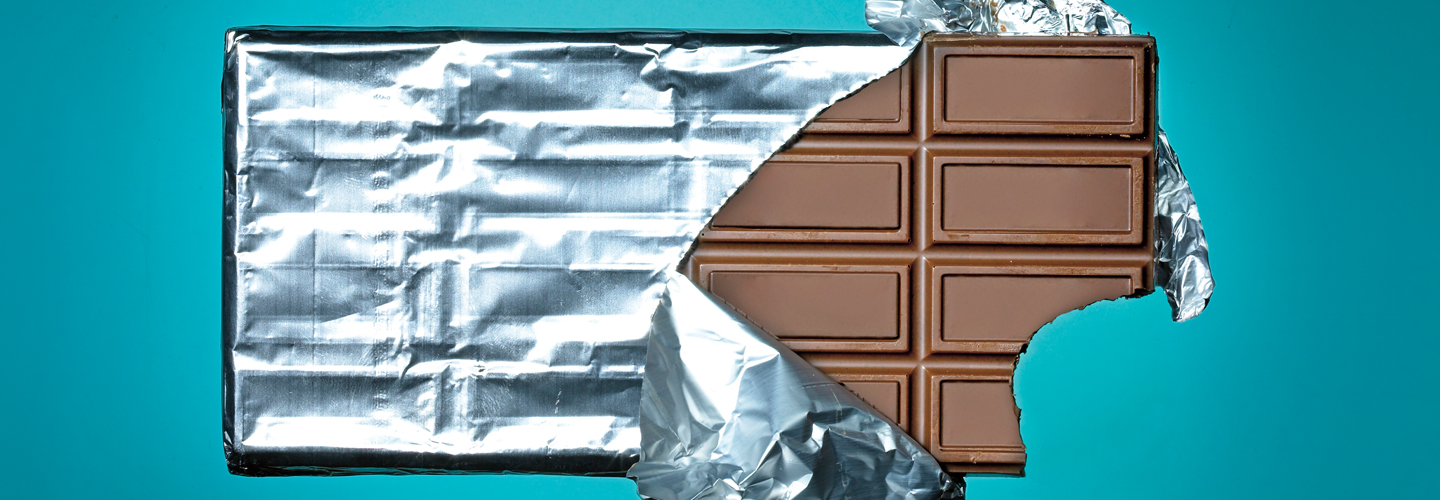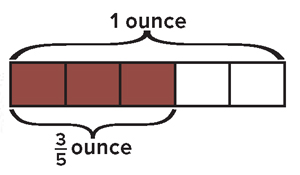We bet this won’t come as a surprise: People around the world really love eating chocolate. People will eat about 8.4 million tons of chocolate this year. That’s more than the weight of 20 Empire State Buildings!
Most chocolate eaters live in the United States and Europe. China and India—the world’s two most populous countries—are buying more than ever before.
But chocolate has a dark secret: Its future is at risk. Warming climate patterns and diseases threaten cacao crops in Africa and Latin America. Cocoa, which comes from cacao trees, is the main ingredient in chocolate.
Scientists and industry leaders are working together to save cocoa—before it’s too late.
People around the world really love eating chocolate. We bet that doesn’t surprise you! People will eat about 8.4 million tons of chocolate this year. That’s more than the weight of 20 Empire State Buildings!
Most chocolate eaters live in the United States and Europe. But China and India are buying more chocolate than ever before. They are the world’s two most populous countries.
But chocolate has a dark secret. Its future is at risk. Cacao crops in Africa and Latin America have threats. They include warming climate patterns and diseases. Cocoa, which comes from cacao trees, is the main ingredient in chocolate.
Scientists and industry leaders are working together. They are trying to save cocoa—before it’s too late.


